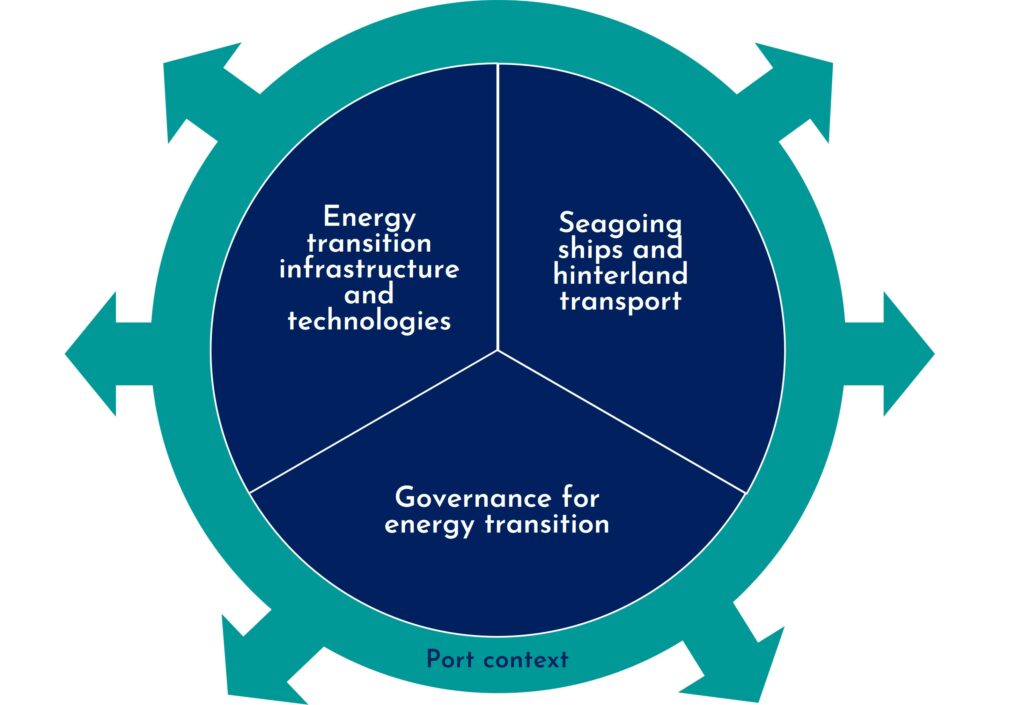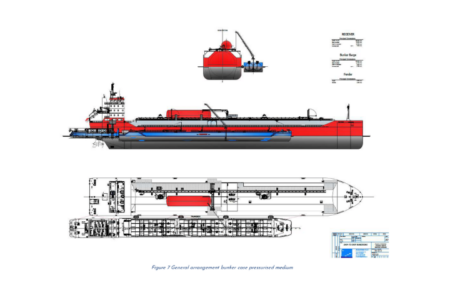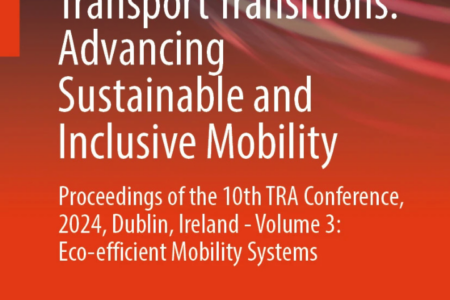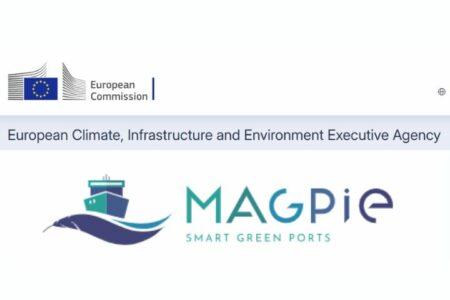1. MAGPIE’s Masterplan for the European energy transition of ports
The MAGPIE project established a categorisation of ports, based on today’s energy transition efforts and capabilities. These categories assist future work of the MAGPIE Masterplan in developing energy transition pathways for ports. The three main themes identified as critical are: energy transition infrastructure and technologies, seagoing ships and hinterland transport, and governance for the energy transition. The categorisation was prepared on the basis of a detailed study of 15 sea and inland ports, which are considered pioneers in terms of energy transition and sustainability.
The energy transition requires a fundamental rethinking of the port industry, and, with the climate and biodiversity crises increasingly affecting every aspect of business, the urgency of finding the shortest and most promising pathways to a low-carbon, renewable and sustainable future for ports could not be stronger. Based on the knowledge acquired during the MAGPIE project, a Masterplan for all European ports will be developed. It includes these pathways, taking into account the great diversity of business and infrastructure focus, connectivity, and governance frameworks within ports. The Masterplan consists of a Roadmap and Vision for the energy transition of European ports per 2050 and a Handbook on the demonstrators of the MAGPIE project.
As every port is unique in its own way, the Masterplan of MAGPIE is taking that into account and structures its activities on the main themes of the energy transition and the common traits that can be found for the ports within these themes (the categories). By implementing this structure, ports have the possibility to easily extract the findings of the Masterplan activities that are best suited to their unique situation. The first step of the Masterplan (D9.1 Categorisation of Ports) defines those building blocks and categories within, based on today’s energy transition efforts and capabilities within ports. The next steps will be the creation of the Vision (D9.2), Roadmap (D9.3) and Handbook (D9.4), using this categorisation.
2. A categorisation of ports
The categorisation of ports was prepared on the basis of a detailed study of 15 sea and inland ports, which are considered pioneers in terms of energy transition and sustainability. The ports were studied through interviews and the collection and analysis of secondary data. The three central themes identified as critical in the energy transition are:
- Energy transition infrastructure and technologies;
- Seagoing ships and hinterland transport;
- Governance for energy transition.
For each of these themes, several categories have been proposed for the future work.
After identifying these themes, it appears that inland ports do not have characteristics in relation to the energy transition that would require to treat them differently than seaports. The findings are applicable to both unless specific reference to inland ports is made.
It was also concluded that, although many ports are discussing energy transition and sustainability strategies, many of these discussions have yet to be translated into action. That is why MAGPIE can provide the right test base for facilitating the uptake of emerging technologies and defining pathways along which ports in Europe and globally can develop their energy transition strategies.


Maaike Dalhuisen
Work Package 9 leader- MASTER PLAN FOR EUROPEAN GREEN PORTS
Strategy Advisor, Strategy & Analysis
Port of Rotterdam


